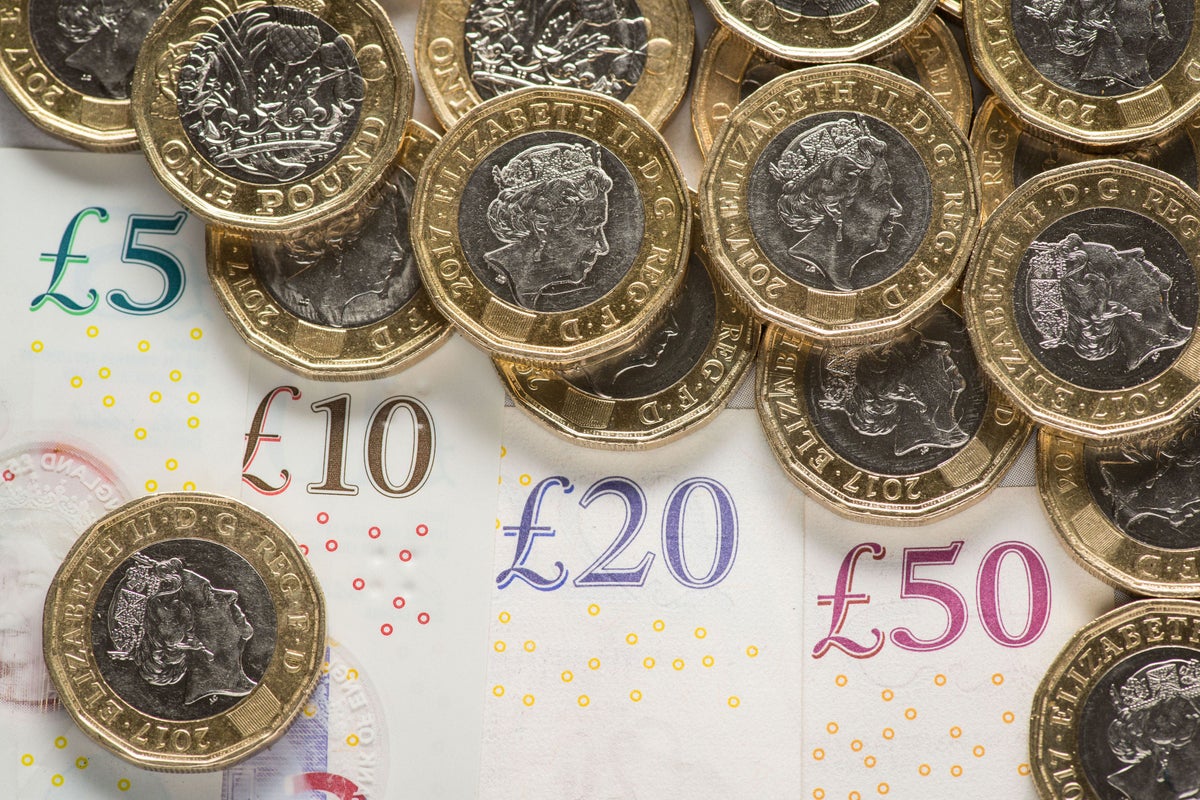
The UK’s debt pile reached more than 100% of economic output for the first time since 1961 as government borrowing more than doubled in May, according to official figures.
The Office for National Statistics (ONS) said net debt reached £2.6 trillion as of the end of May, estimated at 100.1% of gross domestic product (GDP).
It is the first time the debt-to-GDP ratio has risen above 100% since March 1961, except for during the pandemic, but this was later revised lower due to stronger GDP figures.
It came as government borrowing soared year-on-year to £20 billion in May, pushed higher by the cost of energy support schemes, inflation-linked benefit payments and interest payments on debt.
May’s borrowing figure was £3 billion lower than in April but £10.7 billion higher than a year ago and the second-highest May borrowing since monthly records began in 1993.
Economists had predicted borrowing of £19.5 billion for May.
Chancellor Jeremy Hunt said the Government has been taking “difficult decisions” to balance the books following the pandemic and Russian President Vladimir Putin’s invasion of Ukraine.
“We rightly spent billions to protect families and businesses from the worst impacts of the pandemic and Putin’s energy crisis,” he said.
“But it would be manifestly unfair to leave future generations with a tab they cannot repay.
“That’s why we have taken difficult but necessary decisions to balance the books in order to halve inflation this year, grow the economy and reduce debt.”
The ONS estimated that the Government spent around £1.5 billion on energy support schemes in May, including the energy price guarantee capping bills at £2,500 a year, as well as the energy bills discount scheme.
The schemes are estimated to have cost the UK £29.7 billion in the first six months alone.
The energy price guarantee was initially set to run from October to March only, but was extended until July.
It will be replaced by Ofgem’s price cap for annual energy bills on July 1, which has been set at £2,074.
The figures also revealed that the interest payable on central government debt was £7.7 billion in May, which is £200 million less than a year ago, but £700 million more than forecast by the UK’s fiscal watchdog, the Office for Budget Responsibility (OBR).
Borrowing in the first two months of the financial year so far has already reached £42.9 billion – £19.6 billion more than in the same two-month period a year ago and £2.1 billion higher than the £40.8 billion predicted by the OBR.
But the ONS said it has revised down its estimate for borrowing in the previous financial year to March 2023 by £3 billion to £134.1 billion.
This is still £11.8 billion more than in 2021-22 and remains the fourth highest borrowing figure since monthly records began.







